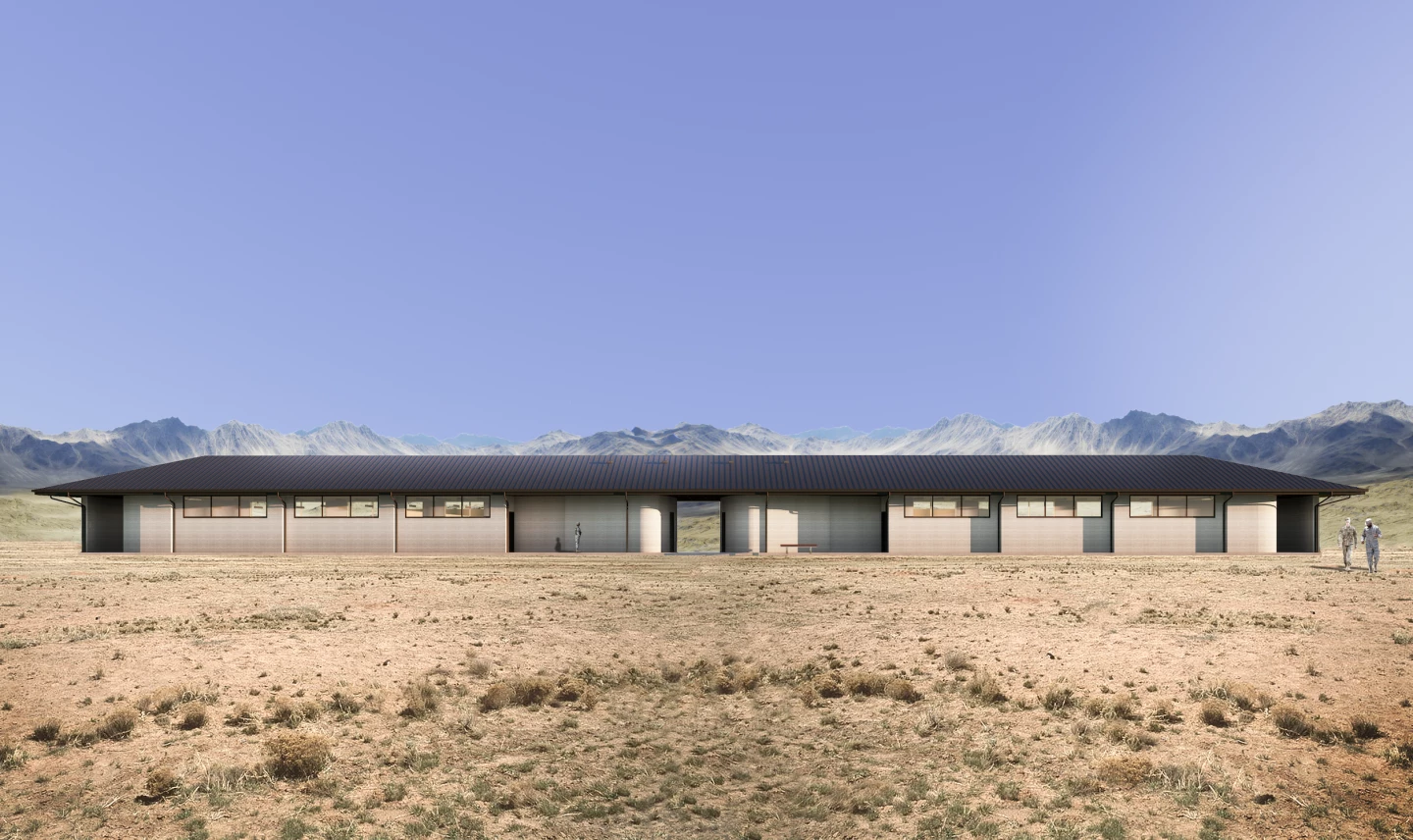With its speed and efficiency, 3D printing architecture technology has huge potential for military use, both at home and overseas. The U.S. Army clearly recognizes this and plans to build three 3D-printed barracks that it says will be the largest 3D-printed structures in the Western Hemisphere.
The project will be located in Fort Bliss, Texas, and involves the Defense Innovation Unit (DIU), the U.S. Army Installation Management Command (IMCOM), and the U.S. Army Engineer Research and Development Center (ERDC). It's being built using Icon's Vulcan 3D printer, which is the industry leader at the moment and is being used for everything from housing to NASA bases. The design is handled by Logan Architecture, which was also the architect for Icon's recent 3D-printed House Zero.
Each of the three barracks will measure over 5,700 sq ft (roughly 530 sq m), making each one the joint largest 3D-printed structure in the Western Hemisphere, according to the DIU – to put that size into perspective, one of the largest structure in the world to date is a Dubai administrative building measuring 640 sq m (roughly 6,900 sq ft).

Once complete, they will host 72 soldiers per barracks. The printing process will be much like previous 3D-printed projects we've covered and will involve the Vulcan 3D printer extruding Icon's cement-like proprietary mixture Lavacrete out of a nozzle at up to 5-10 linear inches (12-25 cm) per second in layers to build the basic structure of the building. Human builders will then finish it off with doors, a roof, windows, wiring, and anything else required.
The project is another indication that the U.S. Military is getting serious about 3D-printed architecture and follows a previous 3D-printed barracks by the U.S. Marines.
"This project supports all three Army priorities: people, readiness and modernization," said Lt. Gen. Doug Gabram, Commanding General of United States Army Installation Management Command. "Constructing facilities using this cutting-edge technology saves labor costs, reduces planning time and increases the speed of construction of future facilities. We are looking at other ways to use this innovative technique for rapid construction of other types of facilities beyond barracks."
We've no word yet on when the barracks is expected to be completed, but construction is already underway.


